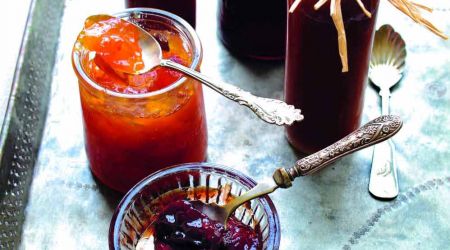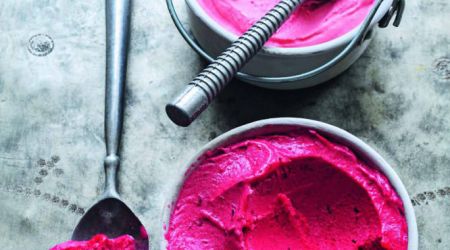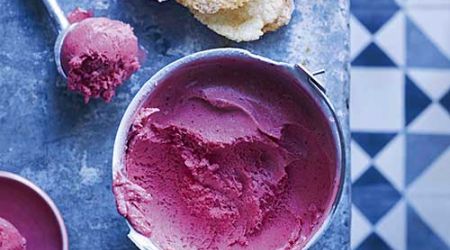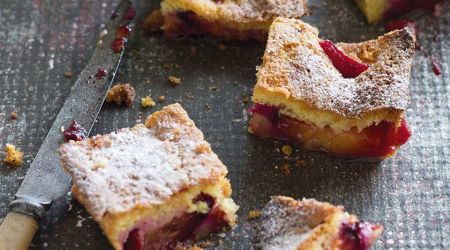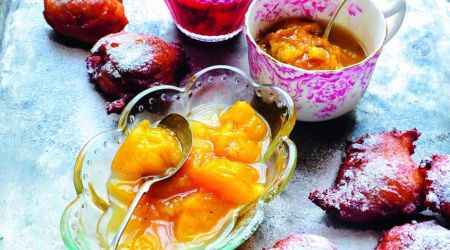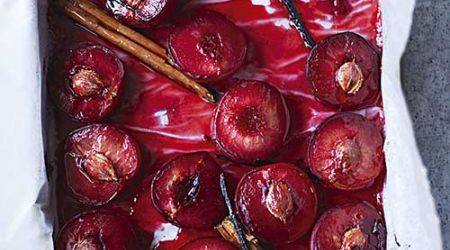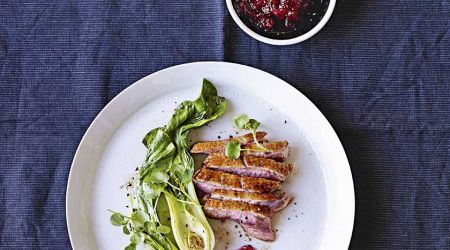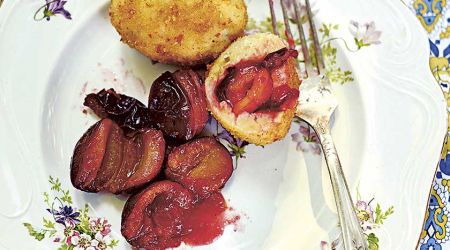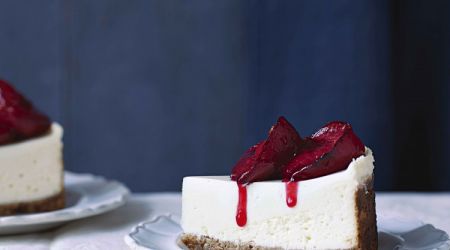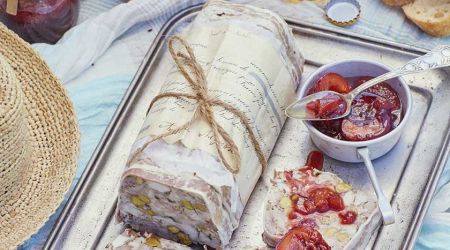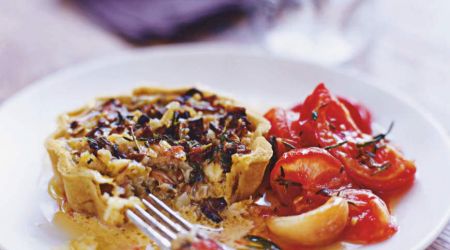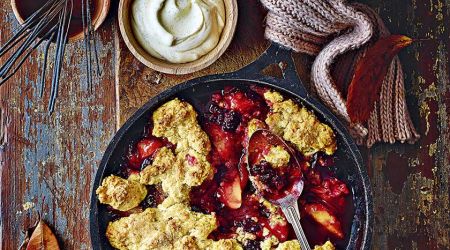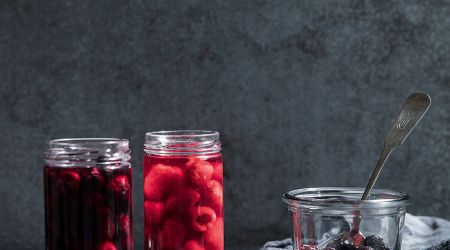Plums
Whether it’s for the Warwickshire drooper, the Fairleigh damson or guinevere, the arrival of the plum in all its different guises couldn’t be more welcome, says Rosemary Barron
The peculiarly satisfying names of so many plum dishes trip deliciously off the tongue – duff, shuttle and crumble or, ever more elegant, tarte aux mirabelles, clafoutis aux reine-claude and pflaumenknoedl (plum dumplings) across the channel. The fruit themselves are, of course, no less mouthwatering. Come late
summer and stepping into autumn, English orchards are swathed in blocks of deep purple, ruby red and translucent gold-green. As we spy our favourite home-grown varieties on the shelves (Pershore egg, Fairleigh damson, guinevere, Warwickshire drooper, to name a very few), we welcome plum season with open arms.
When it comes to British varieties, we owe much to ancient Rome. A staple food back home, soldiers invading Britain put as much blood and sweat into planting their crops as they did battle. Indeed, the damson, or ‘plum from Damascus’ was much favoured by Italian philosopher Pliny, and if he had been heading the troops, Hadrian’s Wall would perhaps look vastly different today. From wild sloes – blue-black acidic fruit you’ll find be-jewelling hedgerows – to majestic greengages and France’s deep-gold mirabelles, plums in all their guises deserve respect.
Of course the most ubiquitous plum in the UK is the Victoria, said to have spread from Asia Minor to Greece around 2000BC, eventually springing up in a Sussex wood in the 1840s. It’s a hardy, heavy cropper and will, unlike other kinds, grow plump under orchard conditions. Central Europe is also awash with plums – and in Hungary, glasses are filled with palinka (plum brandy).
Back home, if you’ve plans to grow your own crop, bear in mind that a tree may spring from a discarded pit, but does not always bear the same delicious plums as you savoured before planting. Instead, for the best-tasting fruit, buy a tree from a specialist nursery where the stock is grafted, and plant in well-drained soil in a sunny spot, protected from frost and wind.
Once you have sufficient bounty, cooking with plums is a delight. But these gorgeous fruits are mysterious little devils. Colour is no great indicator of taste; the best dish can be created with purple-black Czars, greenish-yellow Pershore Eggs or deep-red Ariels – and size certainly isn’t everything either. Dessert plums tend to be green or golden, as the finest have a gage – like Early Laxton or Jaune Native – as one parent, while small, purple-skinned Zwetschens, beloved in Germany and Austria, are incredibly versatile and are packed into a multitude of cobblers, kuchen and jams.
Damsons are in abundance in October and perfect for a summer crumble, or encased in crisp, sugary pastry as jalousies and shuttles. Boiled in red wine, they
become a glossy compote (heavenly with clotted cream) and, reduced until paste-like, a fine accompaniment to game or chicken. Damson pickle – sharp, sweet and laced with heady ginger – enhances cold meats, sandwiches… and a mound on a cheese board never goes amiss!
Needless to say, you cannot talk of plums without mentioning their dried variant – prunes. Regarded with horror in some of the English-speaking world, other countries have more sense, or at least, more imagination. In France, they transform prunes into wonderful tarts, use them to enhance roast pork loin or chicken pie, or stuff a goose, and in the Alpine regions, they’re an integral part of any decent farcement (pork and potato stew).
Whatever you decide to do with them, select your plums with care. The freshest are dusted in a white bloom, and are the best choice for enjoying surely the most splendid fruit of our late summer gardens.
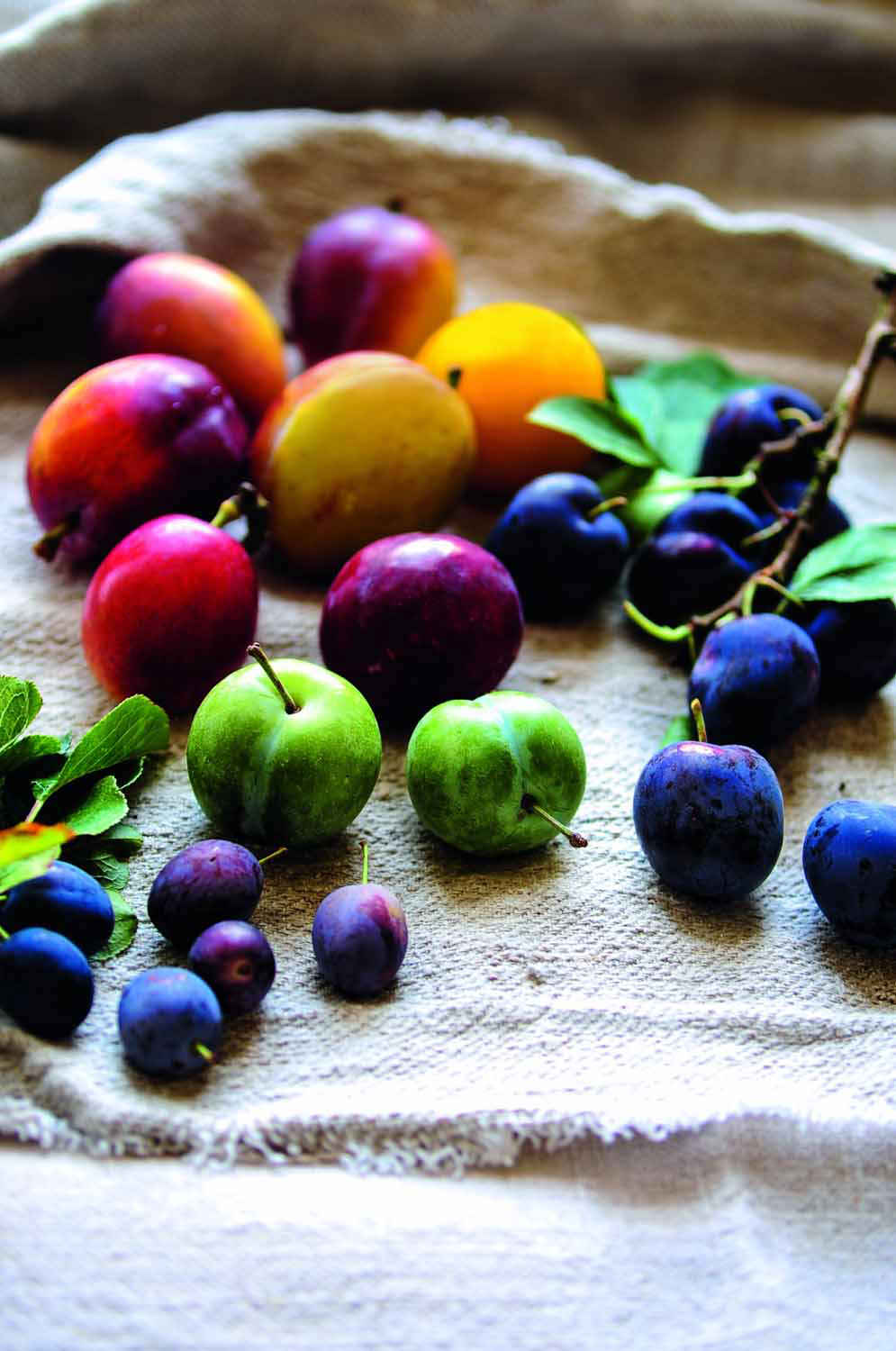
Recipes
Get Premium access to all the latest content online
Subscribe and view full print editions online... Subscribe


